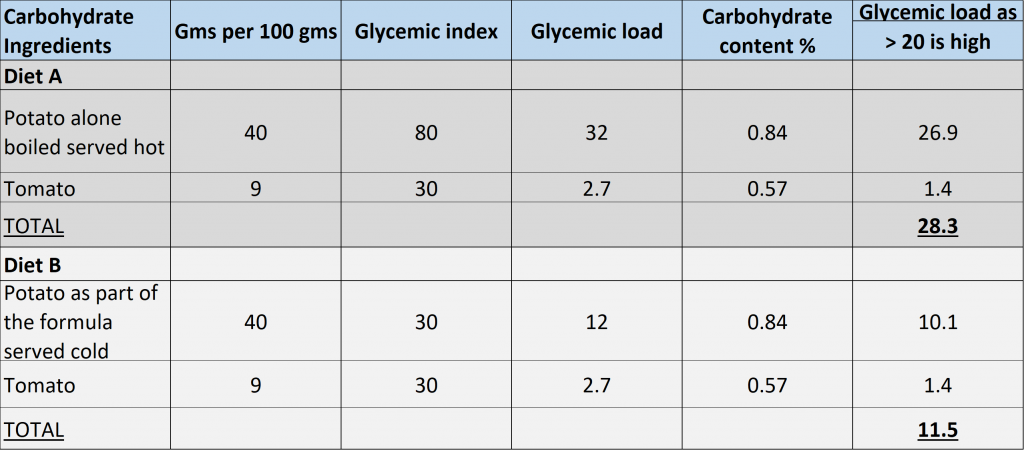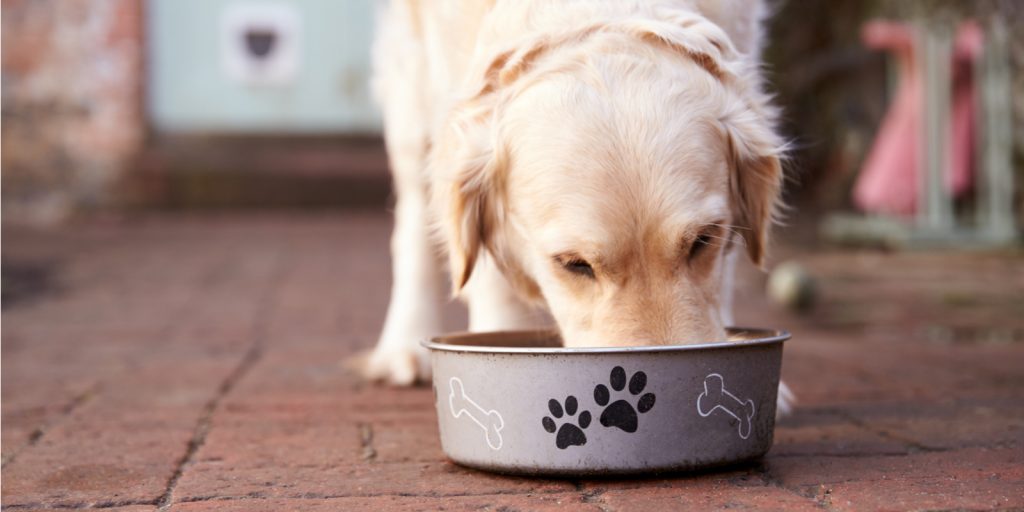GLYCEMIC INDEX is a measure of the relative rate of how fast and how high blood sugar levels rise after a specific carbohydrate is eaten relative to the rate of increase in blood sugar levels if the meal consisted of only the simple sugar glucose. The higher the glycemic index the faster the rise in blood sugar levels and the higher the concentration of sugar in the blood. In contrast the lower the glycemic index the slower the rise in blood sugar levels and the lower the concentration of sugar in the blood. Glycemic indices are rated as high >70, moderate 55-70 and low <55.
Diabetes is associated with high blood sugar levels so there is an inference that if the blood sugar levels are kept low it will help to manage diabetes and may help to prevent diabetes from occurring. The management of diabetes is aided by managing blood sugar levels but whether low glycemic index foods prevent diabetes in pets is still unknown.
Glycemic indices have been developed for many food ingredients. Foods high in carbohydrates often have high glycemic indices but not always. For example, potatoes can have either a high or low glycemic index depending on the type of potato (cultivar), the preparation method, cooking time and temperature, whether the potato is eaten hot or cold, how the potato is formulated with other ingredients and the size of the meal. Hot mashed potatoes can have a high glycemic index of 70 to 80, while cold cooked potatoes mixed with protein and fats can have a low glycemic index in the range of 30 to 40.
GLYCEMIC LOAD: To further complicate the understanding of the effect of various diets on blood sugar levels one also needs to consider glycemic load. It is a mathematical assessment which attempts to predict the actual blood sugar level that will result from a complete meal, not just the individual ingredients. Glycemic load sums the glycemic indices from all of the ingredients together taking into consideration, how they are prepared and how they are served. Glycemic load is a much better predictor of blood sugar levels than simply glycemic index.
This table illustrates that the exact same diet formulation can have very different glycemic loads depending on how the diet is formulated and how the diet is served. Glycemic Load is highly dependent on preparation and presentation. Both diets A and B have identical carbohydrate inclusions but diet A has a high glycemic load and diet B has a low glycemic load.













